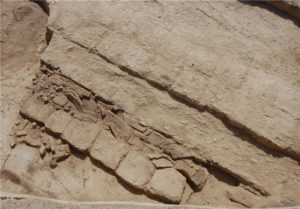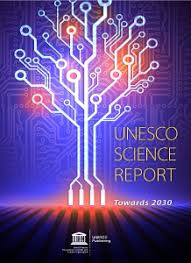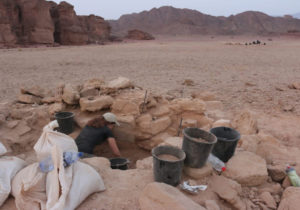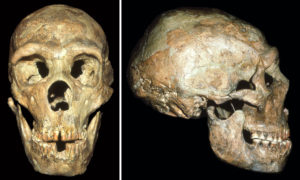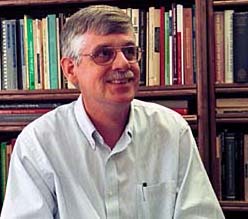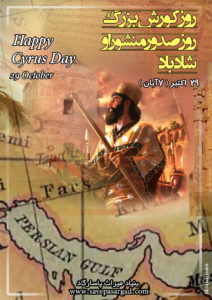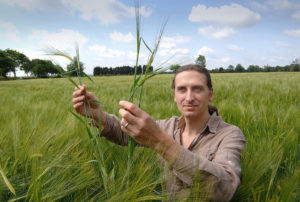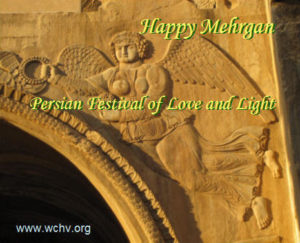 In a Perspective article published in the November 3, 2017 issue of Science, Todd J. Braje and colleagues discuss the various theories behind how people first arrived and settled in North America, emphasizing that the conventional belief – that the first people to arrive came via the Beringia land bridge – is becoming less widely accepted. They cite evidence for human occupation at least ~14,500 years ago, which is a millennium or more sooner than the Beringia land bridge became passable, roughly 13,500 years ago. In particular, the authors favor the kelp highway hypothesis, which proposes that deglaciation of the outer coast of North America’s Pacific Northwest after ~17,000 years ago created a possible dispersal corridor rich in aquatic and terrestrial resources along the Pacific Coast. However, testing the kelp highway hypothesis is challenging because much of the archaeological evidence would have been submerged by rising seas since the last glacial maximum. Recent underwater discoveries, such as one site in Florida, where butchered mastodon bones and chipped stone tools were found and estimated to be roughly 14,500 years old, show how it may also be possible to receive evidence from such submerged sites along the Pacific coast. Braje et al. outline key areas where additional research can be focused. In the search for clues as to how the peopling of the Americas occurred, including formerly glaciated areas where ancient shorelines have not shifted so dramatically, is important, they say.
In a Perspective article published in the November 3, 2017 issue of Science, Todd J. Braje and colleagues discuss the various theories behind how people first arrived and settled in North America, emphasizing that the conventional belief – that the first people to arrive came via the Beringia land bridge – is becoming less widely accepted. They cite evidence for human occupation at least ~14,500 years ago, which is a millennium or more sooner than the Beringia land bridge became passable, roughly 13,500 years ago. In particular, the authors favor the kelp highway hypothesis, which proposes that deglaciation of the outer coast of North America’s Pacific Northwest after ~17,000 years ago created a possible dispersal corridor rich in aquatic and terrestrial resources along the Pacific Coast. However, testing the kelp highway hypothesis is challenging because much of the archaeological evidence would have been submerged by rising seas since the last glacial maximum. Recent underwater discoveries, such as one site in Florida, where butchered mastodon bones and chipped stone tools were found and estimated to be roughly 14,500 years old, show how it may also be possible to receive evidence from such submerged sites along the Pacific coast. Braje et al. outline key areas where additional research can be focused. In the search for clues as to how the peopling of the Americas occurred, including formerly glaciated areas where ancient shorelines have not shifted so dramatically, is important, they say.
Article Source: Edited and adapted from the AAAS (American Association for the Advancement of Science) news release.

